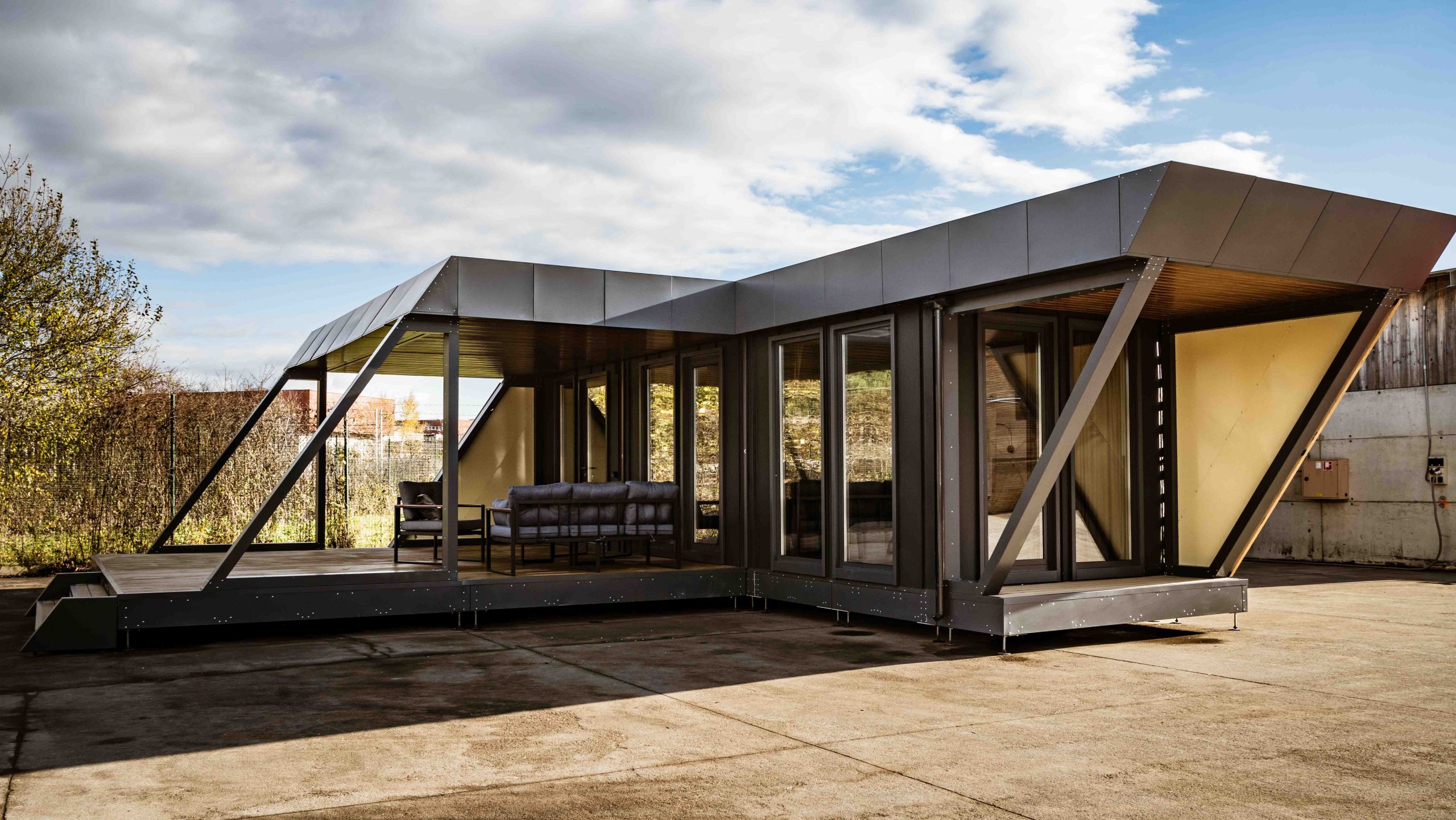Over the past few years the UK property sector has seen a tremendous focus on the potential for modern manufactured housing solutions.
As labour shortages in the construction sector are exacerbated by Brexit and the net-zero carbon-agenda has presented challenges to traditional in situ housebuilding, landowners, governments and investors are seeking new ways to deliver the much needed provision of affordable new homes.
At HOMErs we are witnessing first-hand landowners, from both the social and private sectors, realising the attractions of cost-effective, high quality and quick-to-assemble modular homes.
The birth of the first HOMErs modular house was in reaction to a crisis. Our story began in Ukraine in the immediate aftermath of Russia’s sudden invasion into Ukraine.
Our main founder Alexander Stepura, already an established technology magnate himself, had a successful high quality vending machine production business, trading globally, when a number of his Kyiv factory staff were bombed out of their homes – it was a lightbulb moment.
Alex was able to reconfigure the production lines in his existing factory. The main technology – Computer Numerical Control (CNC) machines were already cutting steel for the vending machine frames.
He amended the programming design to manufacture the main components needed for house building – floor and wall panels, that create the building blocks for the company’s first basic modular home.
“A prototype was designed and from that multiple flat pack modular homes with a the new design have been produced. The beauty of these homes is the ease and speed of their construction.”
The efficiency of the product is remarkable. Alex’s expertise is in high technology, robotics and unmanned systems, while house building was completely new to him. So, he was in many ways unburdened by conventional thinking and there are accordingly, many innovations in the design.
For example, as an alternative to excavating conventional foundations, large geo screws vertically penetrate the ground to create a robust horizontal grid on which the floor plates can quickly be mounted.
Wall panels are then clicked into place with a proprietary locking mechanism requiring no special assembly tools or skills. Consequently, instead of taking months to build, homes can be manufactured, transported to site and assembled in days
This accelerated construction timeframe allows landlords and developers to streamline projects, reduce holding costs, and rapidly bring properties to market.
So, HOMErs was born with its rudimentary V1 house design. Some months later, HOMErs’ V3 – a new ‘lifestyle version’ of the concept, with sleeker designs and a luxury fit out, was envisioned. And this was when I joined as both an investor and company director.
I could see that the business, already well established in the Ukraine, had huge global market potential. The appeal of both the simple and more deluxe models to the UK market and abroad is clear to me.
The applications are numerous with multiple sub sector markets each of which represents a great opportunity for HOMErs’ business. I am actually living in a V3 6-module house with my wife right now. We needed to vacate our main property for a year while it undergoes a major renovation.
With a single call to the planning department, we secured a quick exemption on the basis that the house will be vacated once the main house is reoccupied. This a great niche opportunity for our product and leverages the ease of assembly, disassembly and transportation.
We have lived in comfort, continued to use our garden (with tennis court!), efficiently managed our renovation project, and avoided costs on renting elsewhere. At the end of the project, we can sell the house to someone else for the same sort of purpose. The costs to dismantle and reassemble are much lower than the potential rental savings for the buyer.
This V3 design is perfect for holiday and holiday home applications -by a lake, forest or golf course, anywhere where the view enhances the living experience and the cost of land is reasonable.
The glass fronted walls and large terraces embrace the outside space for the benefit of the occupant and reduce the need for more internal space which otherwise only adds to cost and energy requirements.
Alternatively, smaller garden versions can simply add some extra space for an office, guest suite, or accommodation. For an elderly relative many families would much prefer to provide living accommodation extremely close but not actually inside their main dwelling.
Again, the economics of avoiding exorbitant care home costs late in life are as compelling as the quality of life benefits from being close to loved ones.
What’s important is that the design provides a sense of fun. If a couple or young family go away for a weekend break in the country, they don’t want to stay in a 3 bed semi-detached on a housing estate, do they?
A country cottage is the typical sort after go-to but no one is building more of those and their carbon profile is typically dreadful. A HOMErs house is an obvious solution for this growing demand.
So, modular homes are appealing to social and private landlords looking for inexpensive, reliable housing solutions, young first-time buyers and businesses offering housing solutions, homeowners wanting second properties, glamping sites looking for sturdier streamlined pod-style homes and private homeowners who may need additional easy accommodation for relatives or staff, which can work in their back gardens.
Governments and charities need crisis housing solutions worldwide. Our simple flexible modular solutions are ideal in all these cases.
There are of course others in the market but we see some drawbacks in their concepts. Many manufactured house designs need to transport huge 3-D sections from the factory to the site, requiring specially permissioned wide bed trucks.
This is very expensive and inefficient – effectively paying a premium to transport air. The HOMERs flat pack solution, is like an IKEA house and can be transported efficiently and in standard containers or side load trucks. This further adds to minimisation of our carbon footprint – critical for the future world.
So, we deliver efficiencies in production, transportation and occupancy, reducing our clients’ energy bills and improving their ESG qualifications. Our next (V4) concept should be entirely energy independent with no need to connect to the electricity grid – a zero carbon emission home!
Many manufacturers have invested 100s of millions of pounds in their factories ahead of sales orders and have then been unable to justify their costs while waiting for orders. HOMErs is already in production with modest operating and capital costs. We are positioned to grow with the market as our production is almost as flexible as our product.
Perhaps the most compelling, if least romantic, reason modular homes such as HOMErs are set to revolutionise the housing market is the price point, at approximately £1300/m2 indoor and €650/m2 outdoor terrace space (factory gate prices), in situ building solutions simply cannot compete.
Our homes also come fully furnished, with designs that optimise the use of space as well, saving immensely on the time and money needed to procure fixtures and fittings.
To conclude, the previously sleepy housing market for landlords and developers is becoming much more dynamic. Modular homes deliver our customers the ability to adapt to the shifting demands efficiently.
Whether responding to the need for sustainable housing or creating affordable options for different demographics, modular construction allows landlord and developers to stay agile and responsive.
Collectively all this will deliver our clients a lower risk and more attractive return on their precious investment capital.
BREAKING NEWS
This month HOMErs has launched a crowd funding appeal with Seedrs for new investment. Please click here for more information.
Chris Baxter, Non-Executive Board Member, HOMErs

More than 30 years of global investment banking and investment management experience.







